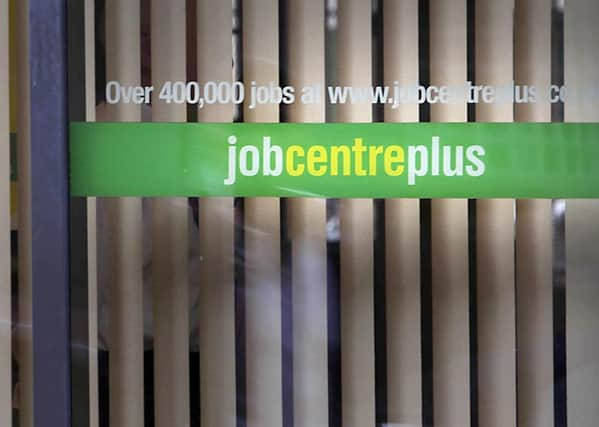Demand for staff remains strong, study says


Three out of five of more than 6,500 businesses surveyed by the British Chambers of Commerce and jobs site Totaljobs said they had tried to recruit staff in the second quarter of the year.
Fewer firms reported difficulties hiring the right staff – down from 73 per cent earlier this year to 64 per cent – but the figure remains high by historic standards and stands at critical levels in a number of sectors such as construction, 77 per cent, and hotels and catering, 74 per cent, said the report.
Advertisement
Hide AdAdvertisement
Hide AdAlmost a third of firms questioned said they plan to increase their workforce in the next three months.
The report said the jobs market is showing resilience, despite sluggish economic growth and ongoing uncertainty, although it added that the current scale of labour shortages cannot be sustained in the long term.
Claire Walker, of the British Chambers of Commerce, said: “In the face of sluggish growth and political uncertainty, the jobs market has been a positive for the UK economy.
“The quarter saw a pick-up in attempts to recruit and an easing of recruitment difficulties, although levels are high by historic standards and remain a cause for concern.
Advertisement
Hide AdAdvertisement
Hide Ad“Demand for seasonal workers, many of whom have traditionally come from the European Union, highlights the importance of the new Government quickly setting out a sensible post-Brexit immigration policy, that reflects the needs of different sectors and regions in the UK.
“To sustain the strength of the labour market, businesses need clarity on how they will be able to manage their future workforce requirements in the years to come and broader certainty on economic conditions after October 31.”
Patrick Wehrmann, chief executive of Totaljobs, said: “The labour market continues to weather economic uncertainty, with the vast majority of businesses showing a continued commitment to maintaining or increasing staff headcount.”
Meanwhile, the national living wage has helped increase the pay of self-employed workers even though they are not entitled to receive it. Research by the Resolution Foundation indicated a link between rising self-employment in the past 20 years and the introduction and ramping up of the legal minimum wage.
Advertisement
Hide AdAdvertisement
Hide AdSome economists have argued that a rising minimum wage could see firms pushing more workers into self-employment as the legal minimum does not apply to them, said the think tank.
Its report says that instead, self-employment has grown fastest in some higher-paying sectors like finance and publishing, while it has fallen in some low-paying sectors like food and drinks services, as well as agriculture, caring and sales occupations.
Nye Cominetti, economic analyst at the Resolution Foundation, said: “One of the fears about the introduction and ramping up of the minimum wage has been that it would push low-paid employees into self-employment, where they’d have fewer rights at work and no entitlement to a legal wage floor. But in fact the minimum wage appears to have had more of an effect on the earnings of the self-employed, than it has on driving up self-employment.
“Much like employee pay, self-employed earnings have grown fastest at the bottom since the introduction of the minimum wage 20 years ago. Today, the most common hourly pay rate for self-employed workers is the same level as the national living wage.
Advertisement
Hide AdAdvertisement
Hide Ad“With over a third of self-employed workers still in low pay last year, policy makers need to respond to the risks they face, including better statutory rights to help offset their highly volatile incomes, and more savings support.”